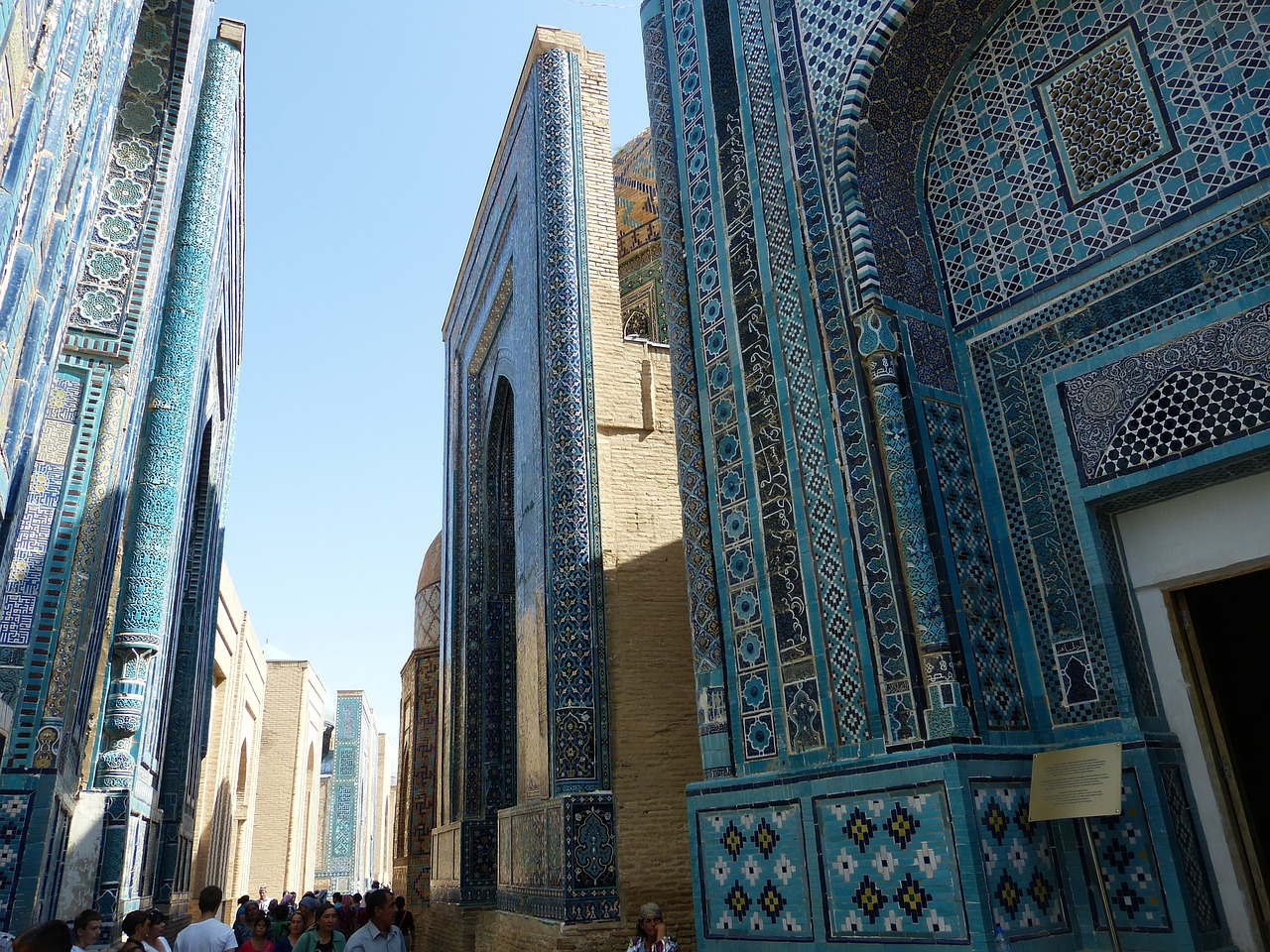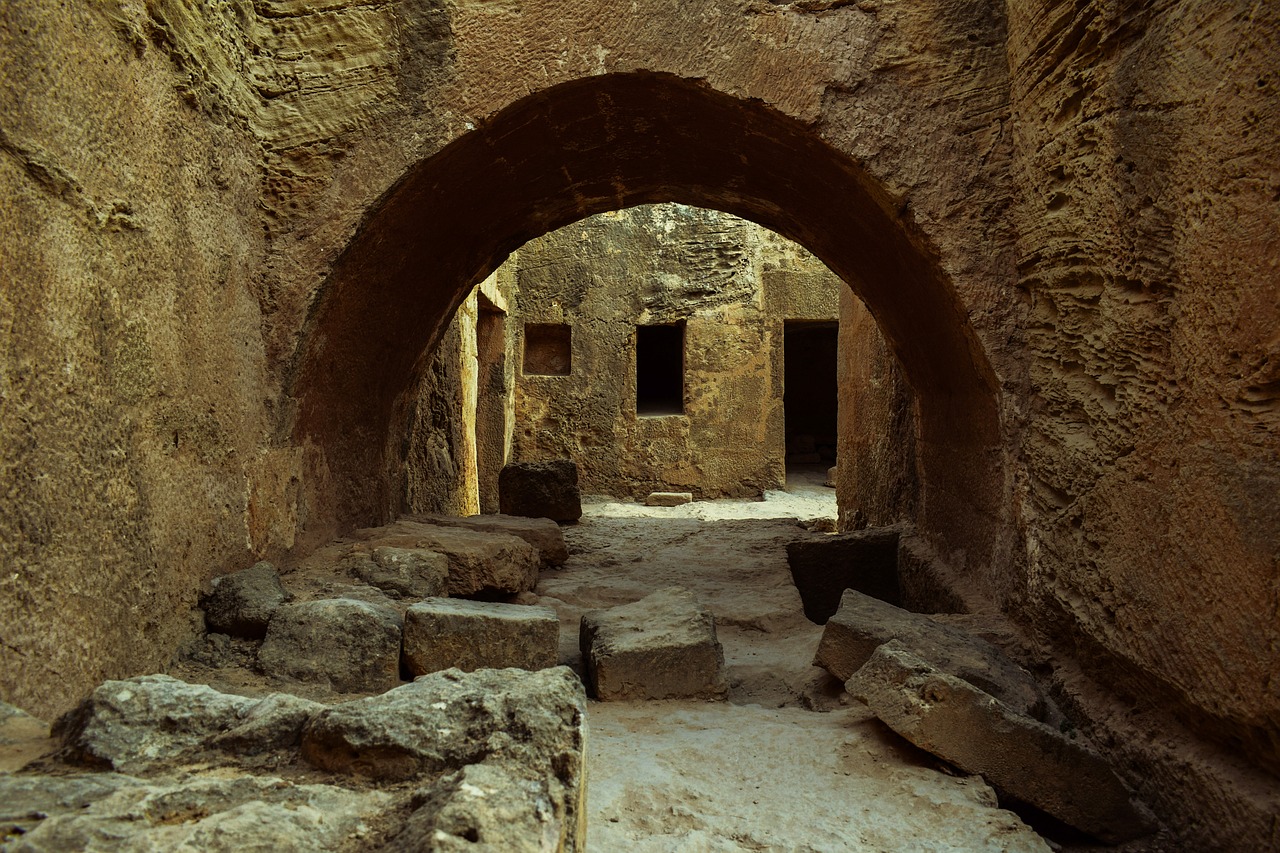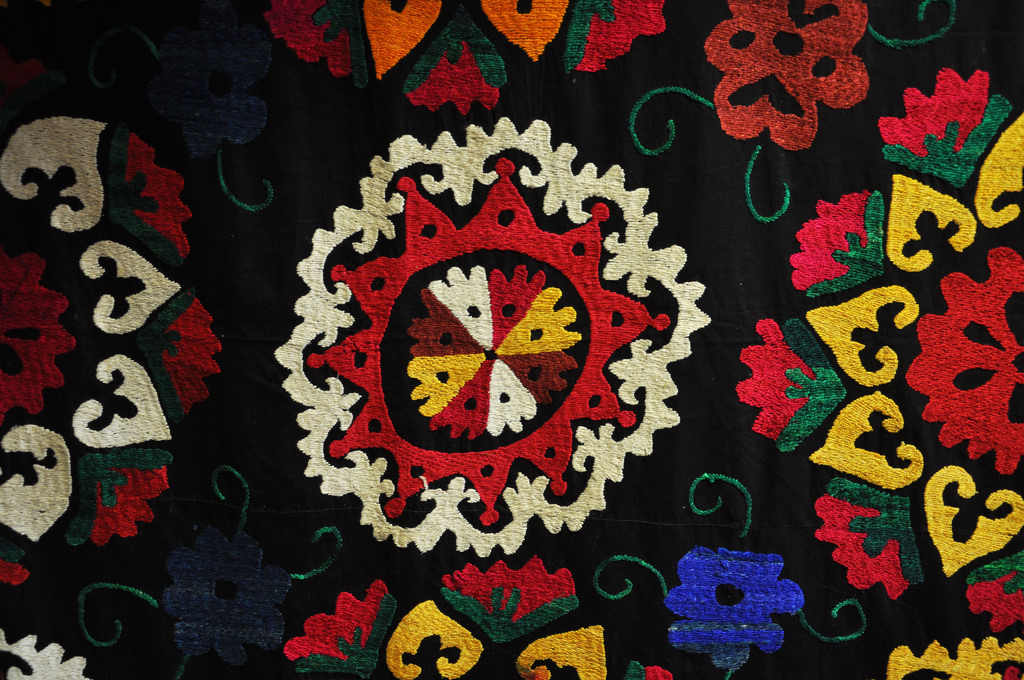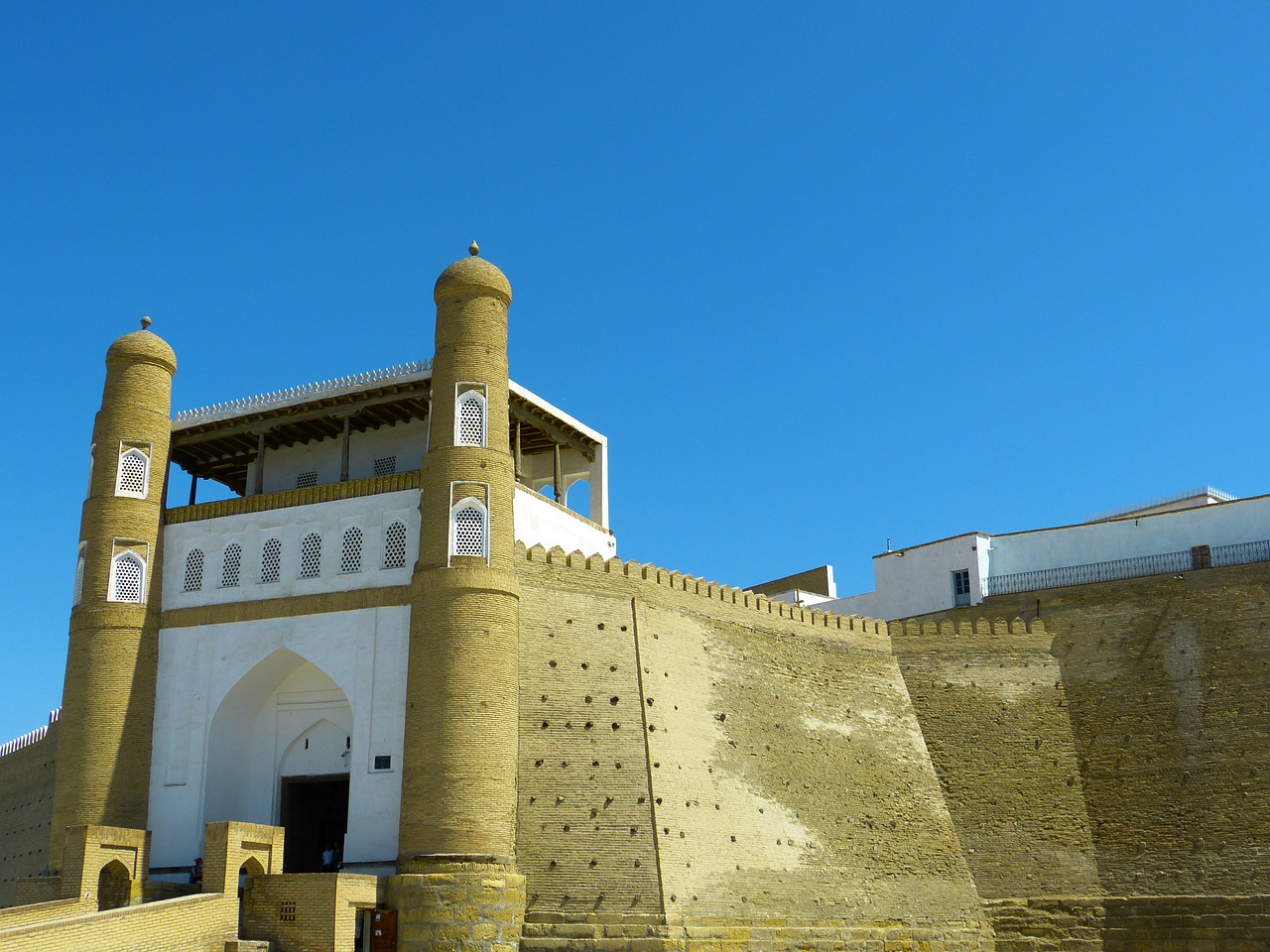Central Asian Turkic literature is defined as the written and oral literary traditions of people from the region that encompasses what we now call Uzbekistan, as well as Kyrgyzstan, Kazakhstan, Turkmenistan and some parts of Tajikistan and Afghanistan. Over the centuries, the people of Central Asia have produced sublime works of literature in a range of genres, including romantic epics, short stories, and ghazals, as well as other types of lyrical poems.
The earliest Central Asian Turkic literature was written in the 9th century of the Common Era. However, much of the modern Turkic literature stems from works produced in Chagatai, a Turkic literary language. Many of the region’s Uzbek speakers can read and understand even the earliest pieces of Chagatai literature, which date from the 14th century CE.
The classical period of Turkic literature from Central Asia persisted for a millennium, until the latter part of the 19th century, and saw the creation of a wide variety of work. Turkic rulers frequently acted as sponsors for these writings.
Uzbek, originally written in a Turkic script, had transitioned into an Arabic script by the 12th century, an event that opened the treasures of the literature of the Arabic-speaking peoples to Uzbek readers and writers. Today’s Uzbek is written typically in Latin characters or in Cyrillic.
From medieval times until the present day, Turkic writers of Central Asia have addressed themes of love, patriotism, and the universal search for identity. Here are summaries of the work of only a few of the outstanding Turkic writers to emerge throughout history:
-
Yusuf Khass Hajib, a medieval wisdom-seeker
Eleventh-century philosopher Yusuf Khass Hajib wrote a book with a title that can translate as Holy Wisdom or Knowledge Leading to Happiness. Yusuf Khass Hajib was one of the first—if not the first—writer in the region’s original language. His mausoleum, in what is present-day Kashgar in the far west of China, has served as a destination for Muslim pilgrimages over the centuries.
-
Ahmed Yesevi, the developer of new genre
One of the most notable medieval authors of the Central Asian region is the Sufi mystic poet Ahmed Yesevi, who was active in the 12th century. His Book of Wisdom launched the genre of religious poetry anchored in folk traditions, which represented a new genre in the Turkic writings of the region.
-
Gadāʾī, a literary “beggar”
Another author who is still remembered today is poet Gadāʾī, whose lifetime spanned the 14th and 15th centuries. His divan, or book of poems, has come down to us as part of the Turkic literary heritage, but his real name is not known. The pseudonym “Gadāʾī” derives from “Gadā,” or “beggar.”
-
ʿAlī Shīr Navāʾī, the shaper of the Chagatai language
Most scholars consider the 15th-century thinker and poet ʿAlī Shīr Navāʾī the finest Chagatai writer. In fact, Chagatai came to be widely known as “the language of Navāʾī.” Chagatai, about to transition into contemporary Uzbek, entered into its full flower under his pen.
Navāʾī was born in Herat, in what is today Afghanistan, to a military and aristocratic family. He became a mystic, a dervish, and a philanthropist, and produced four divans. Perhaps his greatest work was the work translated as The Exquisite Assemblies. This book is a literary dictionary, the pages of which reveal important information about Turkic poets, including the author himself.
-
Bābur, the writer-king
Bābur, whose name was Arabic for “tiger,” was the young 16th-century king of the Timurid dynasty who would go on to found India’s Mughal dynasty. His memoir, the Bābur-nāmeh, reveals the king as a master of Chagatai language and poetry.
-
Abū al-Ghāzī Bahādur, a ruler who preserved history
Each of the three Central Asian khanates—Bukhara, Khiva, and Kokand—developed its own literary traditions over the 17th through 19th centuries. Many of the region’s notable proverbs and legends have come down to us thanks to the work of Abū al-Ghāzī Bahādur, who was a khan of Khiva during the 17th century. He wrote a history of Central Asia that preserved these folk elements.
-
Abdulla Qadiri, voice of the people
Born in Tashkent in 1894, Abdulla Qadiri was one of the most important Uzbek writers of the 20th century. The renowned author, who originally wrote under a variety of pseudonyms, the most famous of which is “Julqunboy,” started out writing poems, like “Nation, “Our Condition,” “Interpretation,” and “Wedding.” These works, which were inspired by the Jadid movement, urged people to rebel against superstition and ignorance. However, Abdulla Qadiri is most known for his historical novels Days Gone By, which is regarded as the first Uzbek novel, and Scorpion from the Altar.
In 1937, the Soviets arrested him as an “enemy of the people” and executed him in Tashkent in 1938. His books were banned for many years afterwards and didn’t resurface until the 1950s.
Today, several parks, streets, schools, and libraries in Uzbekistan are named after this influential writer. The Tashkent State Institute of Culture even awards a scholarship in his name.
-
Abdurauf Fitrat, an inspiration for patriots
After the 1917 Russian revolution, the region’s creative class began to hope for a loosening of the repression they had come to expect. Indeed, in the early years under Soviet rule, Central Asian intellectuals found it relatively easy to write, publish, and share their works. Soon, however, the Soviets took control of the region, driving authentic Turkic literature into the shadows. Numerous poets risked their lives to give hope to their people through their work.
Among these was Abdurauf Fitrat, a teacher, playwright, and journalist, and one of the inspirations for the Jadid movement. Through the Young Bukharans group, he fought for political reforms. His plays on historical themes from Central Asia assisted in lifting the spirits of his fellow patriots, even as he stood against the demands of the Russian revolution. He became a victim of Stalin’s politically motivated purges in the 1930s.
-
Abdulhamid Suleyman Cholpán, the bridge from classicism to modernity
Poet Abdulhamid Suleyman Cholpán, who had a lasting influence on modern Uzbek poetry, broke away from mystical classicism and produced works in unornamented, elegant language. His work championed nationalism, as opposed to the Soviet Russian political system. Cholpán and Fitrat were both executed by the Soviet state in 1938.
-
Abdulla Qahhor, a depicter of ordinary heroes
Abdulla Qahhor, often referred to as the “Chekhov of Uzbeks,” was one of the most famous Uzbek writers in the latter part of the 20th century. A native of Kokand, he began publishing short stories in the 1920s. He additionally translated the works of Russian authors such as Chekhov, Pushkin, and Gogol into Uzbek. Many of his later works portray the struggles of local soldiers and workers against the invasion of Nazi Germany in World War II.









